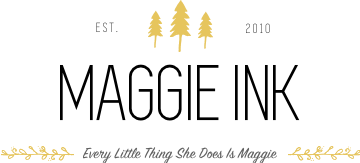When the tourism office in Rwanda asked what day I’d prefer for my gorilla trek, I purposely chose a Sunday.
Better than any church or cathedral, Parc National des Volcans is my kind of spiritual place. Sandwiched near the border of Uganda and the Democratic Republic of Congo, the majestic landscape is carpeted with flowers and lush greenery. The horizon is dominated by ancient volcanoes. The hum of birds and insects acts as a choir.
Many of the last remaining mountain gorillas call this place home. Because of that, this is also where famed gorilla researcher Dian Fossey lived and died.
Permits to see the gorillas are expensive, only eight people can see each gorilla family each day, and transportation can be brutal — which makes planning difficult and complicated. I hesitated to even do this at all, because it sounded like far more trouble than necessary. Besides, I’ve seen gorillas in the zoo.
But, my husband talked me into going. He said I would regret it if I came to Rwanda and didn’t see the gorillas, and I decided he was right.
On the day of my trek, several groups of people were sorted and matched up with guides, then we all took off in search of our different families. The families are tracked each day, so every guide has a good indication of where to go.
See this mountain? That’s where my group had to trek in order to find our gorillas.
We slogged through knee-high mud and thick tangles of stinging nettles that had to be sliced with machetes. The slopes were steep and slippery enough that many of us climbed on all fours — gorilla-style — occasionally clinging to bamboo stalks to keep from tumbling back down again. My boots felt like they were caked with molasses.
Because the terrain can be dangerous, my group was also accompanied by armed guards.
Here’s my bad-ass crew. Fo shizzle.
Then, magic.
My first glimpse of a gorilla in the wild.
The mud, the fatigue, the expense … all worth it for this.
Just a few arm lengths away from each other, this gorilla and I were sharing the same air. I could hear him breathe, and I could smell the musky scent of his fur.
I’m moved to tears just thinking about it again.
It didn’t take much longer before we located the silverback, Charlie.
And his baby.
And a mama, who was quickly joined by two more babies.
There were gorillas everywhere, all around me, eating, playing, climbing, even charging past me and grabbing my shoulder.
For the first time, I felt like I truly understood the meaning of the word “awesome.” The entire experience was inspiring, overwhelming, dizzying. It must be what some people feel when they are moved to speak in tongues.
Every part of this was holy.
This is my idea of heaven and the kind of perfection that exists within it.
Thank you, gorillas, for letting me inside your home.
And thank you, world, for never-ending adventure.


























